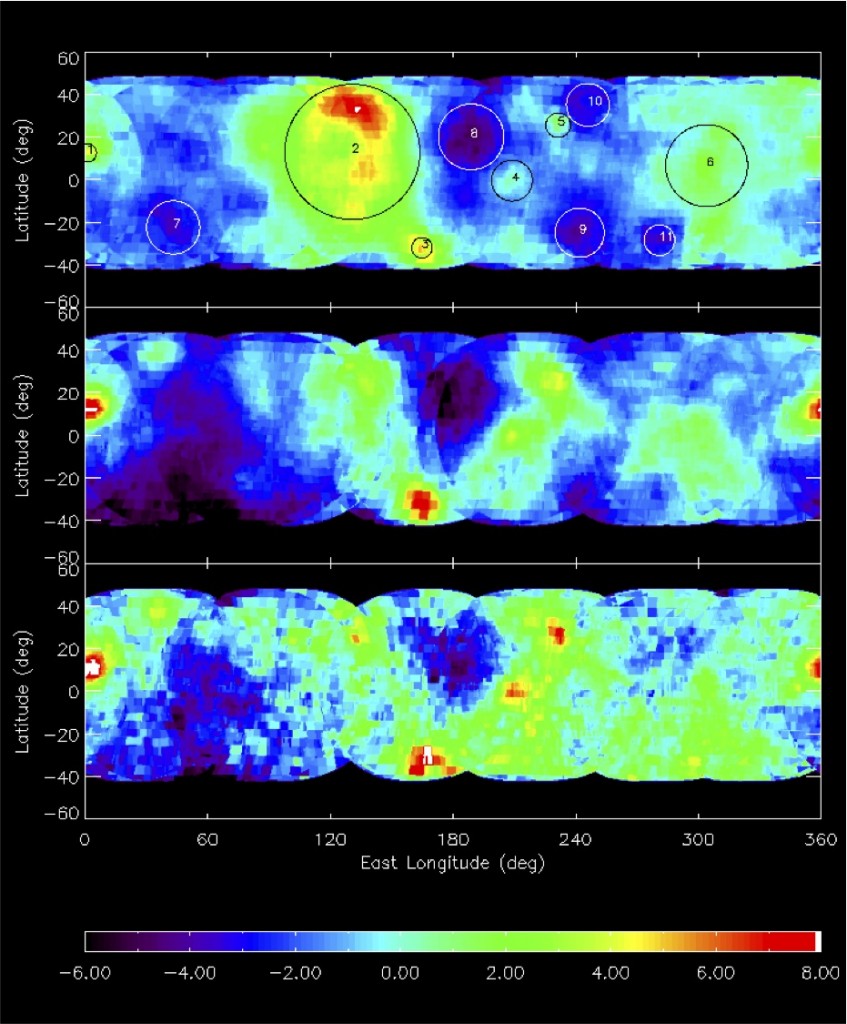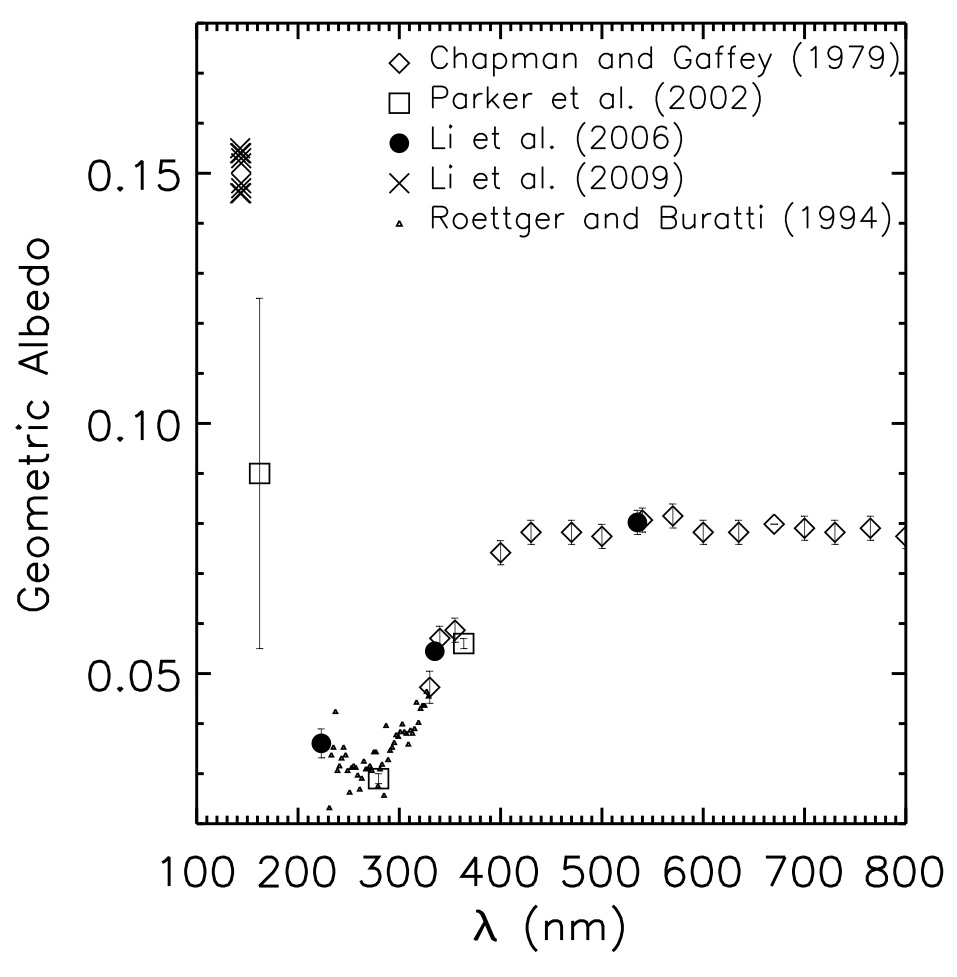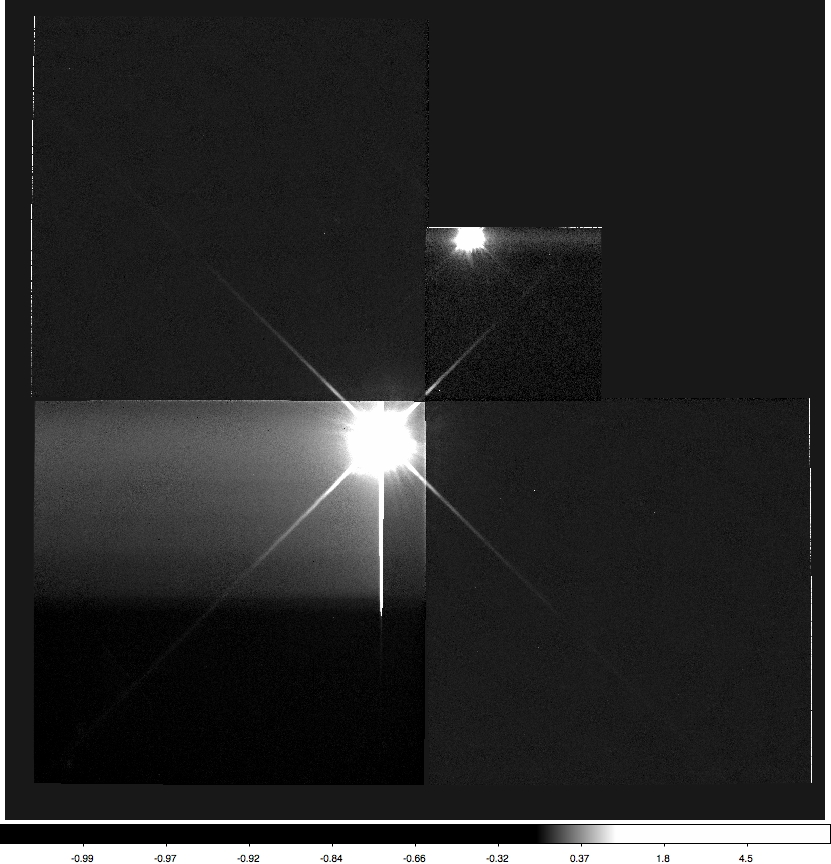The big “why care” question
Ceres was re-categorized as a dwarf planet in 2006, along with Pluto which was previously categorized as a planet. I never consider this as a promotion or demotion. It’s just a way of categorizing solar system bodies in order for us to better understand them. No emotions attached.
But Ceres is still as mysterious as when it was just discovered 200 years ago, when people actually considered it as a planet because it is in the right place of the Solar System between Mars and Jupiter. We now know that this place is special not because it’s supposed (by some “numerical laws”) to have another planet. It’s special because it’s where the vaporization of water ice by sunlight, if exposed on the surface of a planetary body that doesn’t have an atmosphere, becomes fast enough that everything inside would be mostly “rocky” (think about the four terrestrial planets), and everything outside mostly “icy” (think about the big satellites of four giant planets). Thus we call this special place “ice-line”, or “water ice-line” to be more precise.
What about those bodies near this line, including Ceres? Well, they may or may not have water ice on the surface, but they could have water in the interior, probably even a lot. Ceres has shown strong, but indirect, evidence that it could have plenty of water inside, maybe a quarter of its mass. But it hides the possible water so well that we never directly see unambiguous signs of water. Consider that the mass of Ceres is about 1/3 of the total mass of all the asteroids between Mars and Jupiter, the amount of water possibly contained in Ceres is then a major fraction of all water distributed along the ice-line. And that amount of water actually is about half quarter of all the water on Earth by mass!
Why do we care about water? First, because we want to know where the water on Earth that almost all terrestrial life relies on came from. Earth is inside the ice-line, and it is not supposed to have this much water to begin with. Second, our strategy of searching for extraterrestrial life is to “follow the water”, at least based on the current understanding of terrestrial life. And third, because we always want to find a habitable place somewhere else, just like the exploration by Christopher Columbus who discovered the Continent of America 500 years ago.
Ceres is intriguing, but still almost entirely covered by mystery. This is one reason that NASA’s Dawn spacecraft sets route to Ceres. The other reason is that Ceres is another piece of fossil for us to understand the history of the Solar System, just like Vesta, but of a different species related to the formation of the icy bodies outside of the ice-line.
I started to study Ceres since 2004 as part of my Ph.D. thesis work, and I’m sure I’ll keep looking at it for my whole career. Here are the projects that I was involved in.
Surface mapping
Hubble Space Telescope is certainly one of the best magic tubes ever built by human beings, through which we look into the universe. I was fascinated by the amazing images it takes since in middle school, and excited that finally I could put my hands on the images taken by Hubble!
The first time Hubble looked at Ceres was in 1995. With only a few images, some bright and dark features on Ceres popped out. In the end of 2003 and beginning of 2004, Hubble looked at Ceres again, with the best ever resolution of 30 km/pixel on Ceres, and for a whole rotation of Ceres. From these images, we generated the first ever whole surface maps of Ceres at three different wavelengths.

Surface brightness maps of dwarf planet Ceres. The three maps shows the relative brightness we see at three wavelengths, from top to bottom, 535 nm (green light), 335 nm (violet light), and 223 nm (ultraviolet), respectively. The scale bar at the bottom shows how much in percentage the brightness is relative to global average. The circles are features we identified. From Li et al. (2011).
What do we learn about Ceres from these maps?
First, the surface of Ceres is so uniform in terms of brightness and color change from one place to another. This is in strong contrast with asteroid Vesta, which has a very diverse surface. In fact, Ceres’ surface is one of the most uniform surfaces of bodies in the solar system that we have studied. It must be telling us something interesting, but we are still trying to find it out.
Second, despite the uniformity on the surface, there are many features, which, again, we don’t know what they are. Our experience from studying Vesta from ground telescopes, Hubble Space Telescopes, and Dawn spacecraft from up close proved that the features seen by Hubble are likely to be real and could be caused by different compositions. However, no one knows the compositions of the surface of Ceres for sure, yet, although the related studies have started for more than 30 years.
Our paper reporting the mapping of Ceres is on Icarus:
Li, Jian-Yang, McFadden, L.A., Parker, J.Wm., Young, E.F., Stern, S.A., Thomas, P.C., Russell, C.T., Sykes, M.V., 2006. Photometric analysis of 1 Ceres and surface mapping from HST observations. Icarus 182, 143-160.
This is one of my favorite first-authored papers.
Ultraviolet spectroscopy
The most powerful tool to understand the composition of the surfaces of planetary bodies is to look for the bumps and dips in their spectra. These features are all caused by specific minerals or species. We keep expanding the range of wavelengths of spectra, from visible light to both infrared and ultraviolet light and beyond, even though our eyes are blind to those wavelengths, in order to both identify new compositions and confirm known compositions.
For Ceres, we encountered some difficulties – its spectrum from violet light to infrared light is almost featureless. There are some weak but very interesting features near 3-µm wavelengths that people studied for more than 30 years, but never quite agreed on what minerals or species generated those.
Combining the Hubble images taken in 2003/04 with those taken in 1995, and with previous observations by the International Ultraviolet Explorer, as well as through ground-based telescopes, we noticed that there is a wide and strong dip centered near 0.28 µm wavelength.

The reflectance spectrum of Ceres in the UV-visible wavelengths. Taken from Rivkin et al. (2011).
Again, we don’t understand what minerals or species is/are causing this broad dip at this wavelength. But this feature is certainly seen for the first time on any object in the main asteroid belt, due partially to the difficulty of observing in the ultraviolet.
Satellite search around Ceres
It is not rare for small asteroids to have satellite circling around them. The size and period of the satellite’s orbit offer the most precise way to measure the mass of the center body using high-school physics. The existence and properties of satellites reveals a lot of clues about the history of the system. Since Dawn is going to orbit Ceres in 2015, the search for satellite around Ceres becomes ever more important. We certainly don’t want anything on the way of the spacecraft, even dust sputtered out from any satellite and hanging around Ceres.
We started to look for things around Ceres using the 2003/04 images taken by Hubble, and supplemented those with ground-based observations from Table Mountain Observatory, located not far from Pasadena, CA, Palomar Observatory, which is nearly midway between Los Angeles and San Diego, CA, and more images taken by Hubble in 2009, and yet more images to be taken in 2014 with the most advanced camera onboard Hubble.
So far we haven’t found anything around Ceres. But like any similar search, we can only see objects larger than some certain size, and the strong light from Ceres itself make our search at locations close to Ceres difficult. Also, Murphy’s law says that we cannot win this kind of cosmic hide-and-seek game with a satellite, if it exists, until the very last possible opportunity we could have. So we need to keep looking.

Deep exposure image of Ceres taken by Hubble in 2009 with the Wide Field Planetary Camera 2. Ceres is substantially saturated near the center of the image in the lower-left quadrant. A 10 magnitude star (BD+20 2588) on the edge of the upper-right quadrant is also saturated. The brightness scale of the image is stretched severely to show the low signal background in order to search for faint satellite near Ceres.